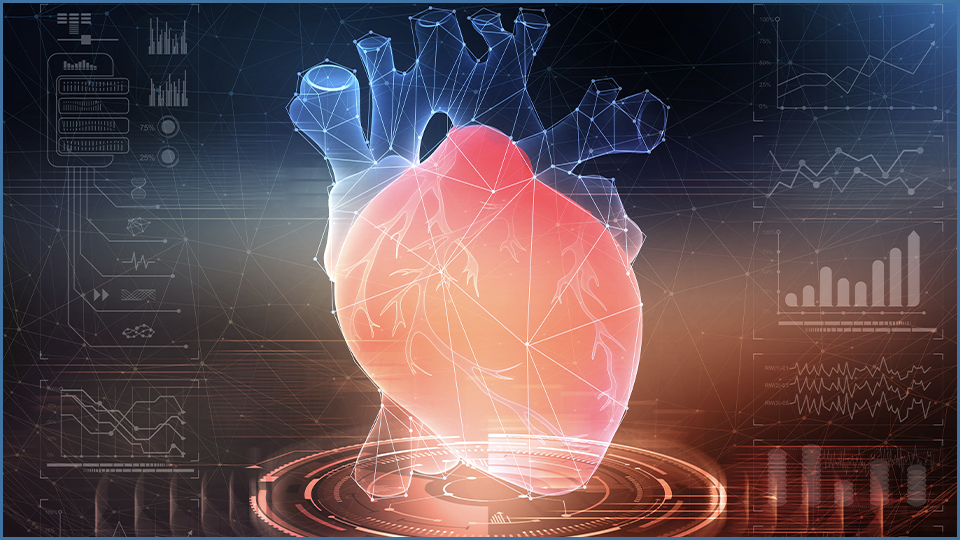Cardiac arrest : is this the end of line for epinephrine?
DOI:
https://doi.org/10.37051/mir-00102Keywords:
Out-of-Hospital Cardiac Arrest, Heart Arrest, EpinephrineAbstract
Discovered more than a century ago, based on animal experiments and clinical cases, epinephrine was used in cardiopulmonary resuscitation before the era of evidence-based medicine. Because of doubts about its toxicity, particularly neurological, the results of randomized trials were eagerly awaited. They are disappointing because although epinephrine increases survival, it does not significantly improve survival with good neurological outcome. However, these two prospective studies do not provide any evidence of neurological toxicity of epinephrine. In both cases, there was a non-significant trend in favor of adrenaline. Using neurological prognosis as the primary endpoint for a prospective study requires the inclusion of a considerable number of patients. Retrospective studies are subject to numerous biases, some of which are specific to cardiac arrest. Restarting the heart is not enough and does not allow repairing the damage already suffered: significantly improving the neurological prognosis of cardiac arrest implies above all working on the steps preceding the administration of epinephrine: early recognition of cardiac arrest, initiation of cardio-pulmonary resuscitation by witnesses and early defibrillation. In a population with a better prognosis at the time of injection, it will be easier to carry out studies to specify the indications, doses and optimum rate of epinephrine’s administration. Given the available data, and although the level of evidence may seem low, it does not seem possible to advise against the use of epinephrine in out-of-hospital cardiac arrest.


